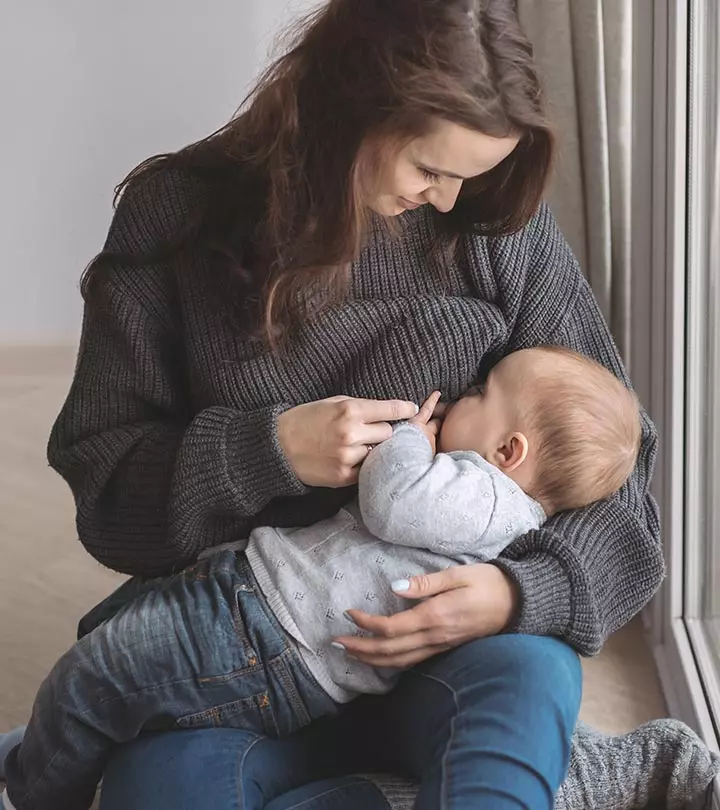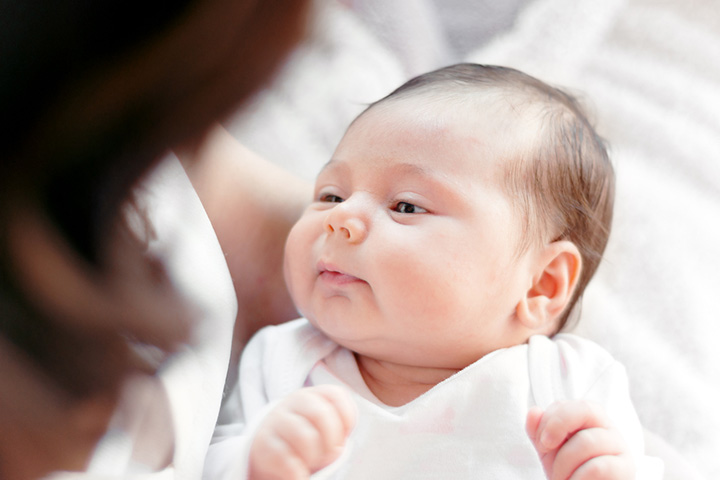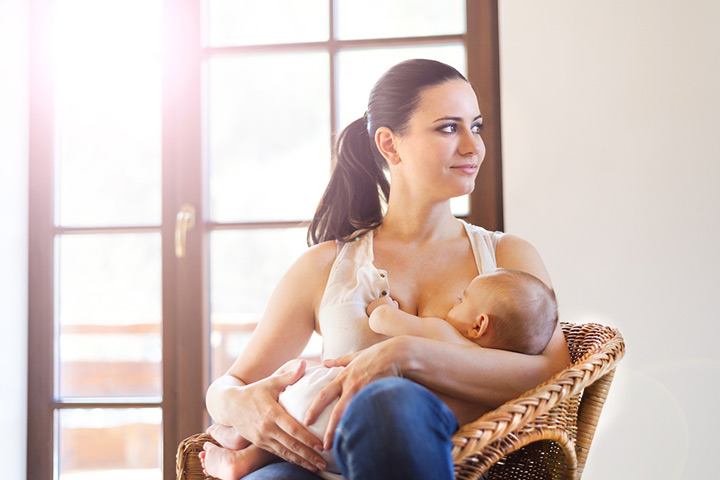
Image: Shutterstock
There are tonnes of things to consider when your baby arrives. From diaper-changing to cuddling or feeding; all of them could prove to be daunting for someparents, especially the first-timers. Though there could be a gamut of magazines and websites at your disposal, telling you everything you need to know, however, when it comes to babies, each one is unique in all aspects.
Two of the most common concerns moms have are, over-feeding and under-feeding (1). They are often confused about whether they need to feed with two breasts or just one.However, there are many characteristics which need to be assessed before arriving at a final decision. It could be dependent on your breastmilk storage capacity, and your relationship with your baby. Even though there is no hard-and-fast rule about the feeding nature of both children and moms, do not worry, there are tips that might help you in figuring out the same!
When To Offer One Breast
- Your Milk Supply Is Abundant: In the early weeks of breastfeeding, it is fairly common to produce more milk than your baby needs. Hence, it might be possible that he/she may get enough milk from one breast alone.
- Your Baby’s Feeding Frequency Is High: Some babies breastfeed up to 15-20 times in a day. If your baby is consuming milk frequently, then he needs less milk per feed. It is possible for him to be satisfied by feeding on one breast only.
- Suckling Might Be Comforting: If you have found yourself in a situation where you comfort your baby by offering him your breast to suckle on, then he/she may require just one breast for this reason. It may also help your baby sleep.
- You Have A Thirsty Baby: In order to quench his thirst, your baby might want to suckle your breasts; instead of merely satisfying his/her hunger.
When To Offer Both Breasts
- Preventing Grazing: If you require the baby to go on for longer intervals between feeds, then it is imperative that you let him access both your breasts to provide sufficient amount of milk at each feed.
- To Maintain Milk Supply: The amount of milk which is produced is directly proportional to how much is removed from the breast (2). It maybe necessary to offer both breasts at every feed to ensure effective stimulation of milk production and maintenance of the milk supply.
- To Boost Milk Supply: Plentiful milk production, as stated above, depends on how efficiently the milk is removed from the breast. Fuller breasts tend to make milk slower. To avoid such a scenario, offer both your breasts at the time of feeds.
How To Tell Which Is Best: One Breast Or Two
As a mother, no one will understand the needs of your baby better than you. It is easy to identify if one breast is sufficient to meet the nutritional needs of your baby or if both are required, by assessing the following:
- Energy Levels: Well-nourished babies are often more active and alert than their counterparts. He/she will have plenty of energy as soon as they wake up. They might even crawl around and will surely provide you with signs when hungry.
- Signs Your Baby Is Satisfied: This is the most common deciding factor for knowing if your child is getting sufficient nutrients (3). As soon as your baby’s hunger is satisfied, he/she will release the nipple and might pull back from your breast or if needed, continue nursing for comfort. Some babies keep on comfort suckling until they fall deep asleep and eventually the nipple slips from their mouth.
At the end of the day, you need to let your baby decide how many breasts he wants during a specific feed by identifying his cues and offering him abundant opportunities to breastfeed.















